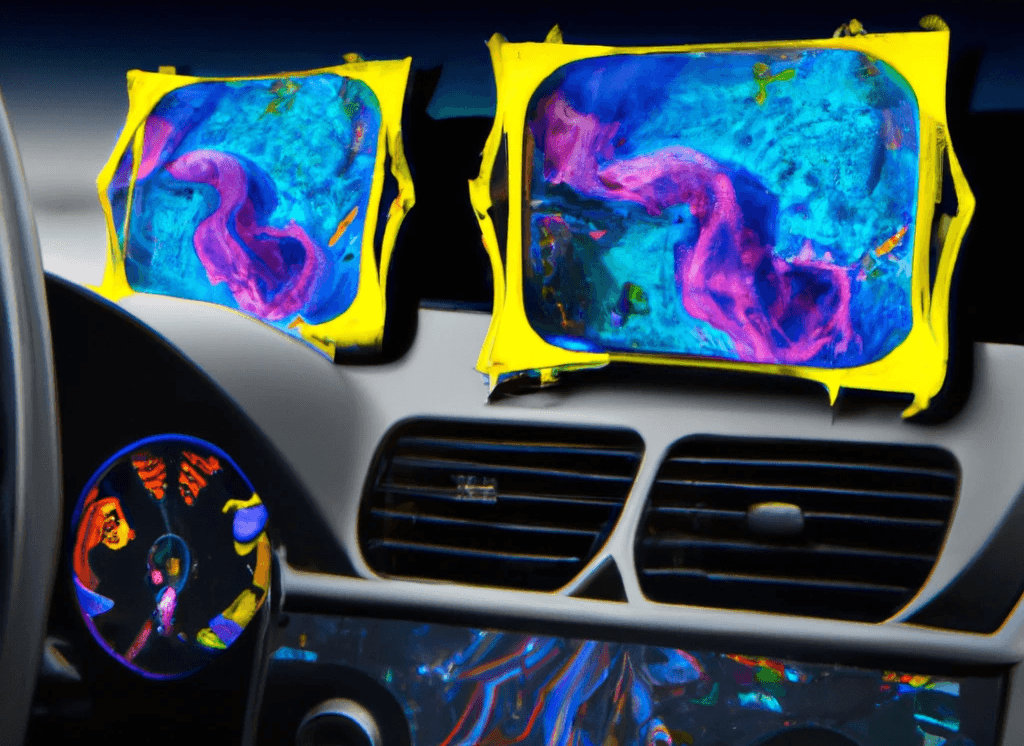Thoughts on User-Facing Automotive Software in 2023
Sep 25, 2023
Juhani Lehtimäki

This year’s IAA was everything. It was busy, it was tiring, it was informative and interesting.
But it was also disappointing.
Automotive industry has an interesting relationship with user-facing software. It is simultaneously a massive opportunity and an afterthought, it seems. The whole industry is being forced to reinvent itself in a very short period of time, especially considering the normal time scales of the automotive industry. As an outside observer with one foot inside, it feels that nobody really knows what direction automotive software should be heading to. Everyone seems to have an idea but the main plot is lost. To approximate a movie quote, it seems that we’re so busy figuring out if we can, that we’re completely forgetting to figure out if we should.

Nearly the whole automotive industry is moving to Android-based infotainment systems. Some companies have already introduced theirs, some are working on theirs and the rest are waking up to the reality that they’ll have to follow suit to keep up. Chances are that you have used an Android-based infotainment system without even realising it, especially if you’ve driven a Chinese EV.
Is putting an operating system built for smartphones in cars a smart thing to do? The answer is a solid “yes”. All of a sudden, your pool of potential developers becomes massive. The dev tooling is not only mature and stable but also free. But like with every tool (OS is a tool), it’s much more important to figure out what you do with the tool than simply deciding which tool to use.

When iOS took over the complete mindshare of the mobile phone industry, it didn’t do it by trying to replicate Nokia’s S60 Symbian phones, the market leader at the time. It did it by looking at what users really wanted to do with their phones and applying newly available technology to the problem. The new iOS operating system didn’t have all the features the old phones did. It didn’t try to replicate the feel of the old phones. It was simple and pleasant to use and served users well in what they actually wanted to accomplish.
The prevailing approach to Android by, especially the legacy car makers, seems to be to replicate what has come before. This seems to be partially driven by the fear of rocking the boat by potentially receiving negative feedback from existing users. It feels to me that many companies operate in somewhat of an echo chamber where the belief is strengthened by confirmation bias that their current system is what the users want, or that they’re good. In reality, nearly 100% of the current generation of infotainment systems are horrible to use. They’re feature-bloated, not supporting actual use cases and full of options and settings forced on users.
Additionally, car companies are focused on out-gimmicking each other. As they falsely believe that their core systems are good, they spend their time desperately coming up with ideas they could add to stand out or market as the next big thing. It seems to me that most of these new features are the result of a team sitting in a meeting room pondering what could be done, instead of trying to solve real, existing problems users are facing. Today’s automotive industry’s software innovation is aimed at the showroom, not for the users. I’d encourage car makers to take a very critical eye on their existing systems before building on top of them. The foundation might not be as solid as the team thinks it is.
I would love to see courage from the industry to admit that first getting the basics right, in a simple, and simple-to-use way should be the main focus. I know, that might not get the biggest press headlines but I bet it would get the most satisfied real users.

In fact, I think too many cars are designed by car fanatics, people who love cars, while in real life, most cars are driven by people who have to. A car is a tool, a car is a utility, a car is a device. The first action people take, after reaching their destination, is to get out of the car. Real people do not dream about spending time in the car seat more than they have to. It is absolutely fine to be passionate about cars and feel great drive to create the best car possible, but thinking that all your users, no matter how premium brand, feel the same can lead into a falsified image of user needs resulting in bad decision making.
The automotive industry needs to keep innovating. That includes the user facing software. Innovation doesn’t always need to be gimmicky. It can be a new solution to an existing problem, identifying a new problem needing to be solved, polishing an existing solution or simply making things more pleasant. Inventing problems is not innovation.